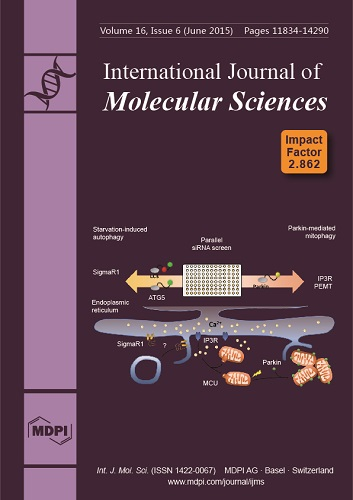Infections related to
Aspergillus species have emerged to become an important focus in infectious diseases, as a result of the increasing use of immunosuppressive agents and high fatality associated with invasive aspergillosis. However, laboratory diagnosis of
Aspergillus infections remains difficult. In this study,
[...] Read more.
Infections related to
Aspergillus species have emerged to become an important focus in infectious diseases, as a result of the increasing use of immunosuppressive agents and high fatality associated with invasive aspergillosis. However, laboratory diagnosis of
Aspergillus infections remains difficult. In this study, by comparing the metabolomic profiles of the culture supernatants of 30 strains of six pathogenic
Aspergillus species (
A. fumigatus,
A. flavus,
A. niger,
A. terreus,
A. nomius and
A. tamarii) and 31 strains of 10 non-
Aspergillus fungi, eight compounds present in all strains of the six
Aspergillus species but not in any strain of the non-
Aspergillus fungi were observed. One of the eight compounds, Leu–Glu–Leu–Glu, is a novel tetrapeptide and represents the first linear tetrapeptide observed in
Aspergillus species, which we propose to be named aspergitide. Two other closely related
Aspergillus-specific compounds, hydroxy-(sulfooxy)benzoic acid and (sulfooxy)benzoic acid, may possess anti-inflammatory properties, as 2-(sulfooxy)benzoic acid possesses a structure similar to those of aspirin [2-(acetoxy)benzoic acid] and salicylic acid (2-hydroxybenzoic acid). Further studies to examine the potentials of these
Aspergillus-specific compounds for laboratory diagnosis of aspergillosis are warranted and further experiments will reveal whether Leu–Glu–Leu–Glu, hydroxy-(sulfooxy)benzoic acid and (sulfooxy)benzoic acid are virulent factors of the pathogenic
Aspergillus species.
Full article






